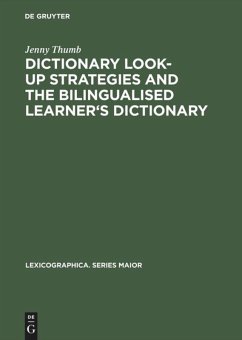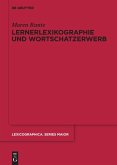The research has provided insights into the area of look-up behaviour, in particular, look-up strategies. A coding scheme of 51 executive, cognitive and metacognitive operations has been derived from the think-aloud data. On the basis of the codes, seven types of strategies were identified: Ignoring, Assuming, Minimizing, Checking, Paraphrasing, Stretching, and Maximizing. The results also indicated that the look-up strategies preferred one part (either L1 translation equivalents or L2 definitions) rather than both parts (L1 translation equivalents and L2 definitions) of the bilingualised entries. Four other factors i.e. language preference, language proficiency, target words and L2 definitions could also influence the use of the bilingualised entries in various degrees. Learners were shown to have common as well as different patterns of strategy use. Most learners attempted a variety of strategies while one learner repeatedly utilized one type of strategy. The frequency of strategy use for individual learners usually fluctuated when different types of strategies were used. Although a wide variety of strategies were used, not every strategy was used frequently. The most frequently used strategy was maximizing, which was used in 112 look-ups out of a total of 264. It appears that the learners repeatedly used strategies they are familiar with or they think are effective, and do not spontaneously try other strategies that they may know and that may be effective.








